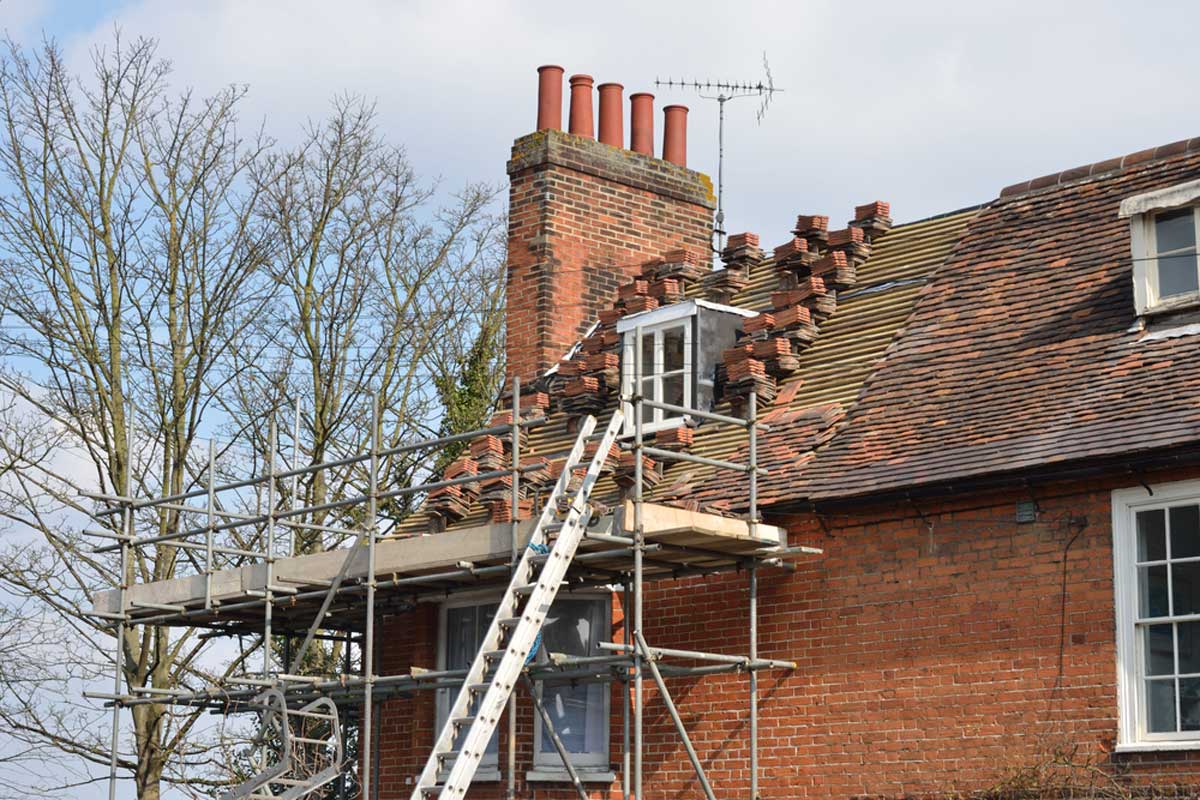Knowing when to walk away from your dream home because of unforeseen problems is a tough and emotional decision. But do you always have to call the deal off.
It’s the news that neither vendor nor buyer wants to hear. The property that’s up for sale has a defect. But does that automatically mean the deal is off? Not at all, says Kevin Rawlings, managing director of Steps estate agents, in Essex.
“The fact is, everything comes down to money,” he says. “Whether it’s two small tiles coming off the roof, or an entire extension pulling away from the main structure.
“It all comes down to how much it’s going to cost to put it right.”
At which point, it’s over to the experts. It’s unlikely that, having highlighted the problem, the buyer’s surveyor will put an exact price on repairing the damage, unless they believe the bill will come to more than £10,000. But they will recommend that an expert takes a look to decide how much it’s going to cost to suppress some knotweed, remove asbestos or eliminate rising damp.
“The way for the buyer to proceed is to bring in a specialist inspector, with experience in the problem, and get an estimate for the work required,” explains Paul Sutherland Reay of Derbyshire-based estate agents Sutherland Reay. He has been in the business for 30 years, and advises both sides to keep a cool head.
“After that, it’s a matter for negotiation between buyer and vendor.”
Sometimes the defect isn’t half as disastrous as first feared. According to figures from the Building Cost Information Service and the Royal Institution of Chartered Surveyors, the cost of eliminating damp from one wall of a terraced house can be as little as £204.
Sometimes, too, what looks like a major structural fault can turn out to be a very minor defect.
“You get cases where a window looks a bit wrong, as if the whole house is falling down, but all it needs is £500 of work to put it right,” adds Rawlings.
“Also, you have situations such as here in Dagenham, where the majority of the properties were built in the 1930s, and while they don’t conform to 2015 building standards, they are still structurally sound.
There is, however, a big difference between a small patch of damp and rampant rising damp that affects the whole house. The cost of putting that right can go up to £15,000, according to the RICS/Building Cost Information table. However, it could be worse. The cost of removing Japanese knotweed from the London Olympics site, in Stratford, was £70million.
It’s said that there isn’t a single, six-square-mile patch of the UK that doesn’t have some knotweed growing. So the presence of fallopia japonica, imported to the UK in the 19th Century, need not undermine a property sale. It can be controlled, although not eliminated, by herbicide.
In most cases, then, humans – be they owners or tenants – and knotweed can share the same premises without too much of a problem. Not so with asbestos, which can lurk in all sorts of hidden places, presenting a health hazard to all occupants (some 500 people a year die from past exposure to it).
The safest course of action is to hire a licensed contractor to remove it – while out of the house, of course. Asbestos stopped being used in the year 2000.
First-time buyers in particular tend to be nervous of a property with the odd defect.
So while veteran house buyers take little notice of the odd spot of damp, such imperfections can cause consternation among less seasoned purchasers.
“This is the moment when estate agents earn their money,” explains Rawlings. “On one side, you’ve got the vendor who’s emotionally attached to their home, despite its failings, and on the other, you’ve got the buyer, in whose mind red lights are flashing and saying ‘problem’.
“It’s the agent’s job to take the emotion out of the situation. The art of negotiation is to ensure that, when the deal is done, everyone walks away with a smile on their face.
“As always, though the old rule applies. In Latin, it’s ‘caveat emptor’. In English, we say ‘buyer beware’.”






